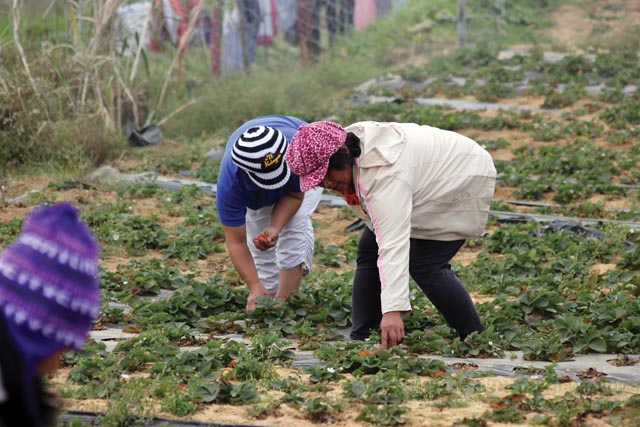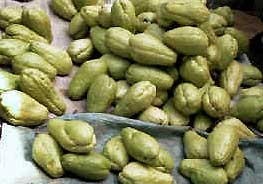Coffee in Cabuyao, above the clouds
 |
| Photo by Rocky Ngalob |
January 4, 2015
By ARTHUR L. ALLAD-IW
www.nordis.net
TUBA, Benguet – Cabuyao is on the peak of Mount Santo Tomas with at
least 2,256 meters above sea level, a visitor would appreciate the
beauty of the environs and experience a walk in the clouds that cover
that community in the sky.
And equally satisfying one’s visit would be a visit to the Café in the
sky in Cabuyao, Tuba, Benguet. It recently opened its doors and
unexpectedly, happy customers kept coming back.
Eleven kilometers from Baguio City proper, it is a 20 minute drive,
in the absence of the rush hour traffic at the Campo Sioco – BGH area.
In our recent visit, as we witnessed the come and go of customers, I
was pushed to interview people behind the café establishment and found
that besides the food and drinks, the place is more frequented because
of the uncontested natural beauty of the environs.
“We actually envisioned it earlier to be a small café. But through
the partners exchange of ideas, it is now at its present stage,”
explained co-owner Sonny Agcolicol, who added that there are five
partners, all Baguio boys, in the said entrepreneur.
The café is situated on a strategic place in Cabuyao, which can
accommodate a100 customers – 80 inside and 20 on the veranda area.
Aside from the Jack Daniels and Johnny Walker – which Sonny claimed
as their drinks when they conceptualized the café, the dishes offered
are affordable and cater to the taste of customers of various age.
Rice toppings with vegetables and either chicken, pork or beef are
served with prices ranging from PhP 110 to 130. Wine and beers are
offered too but the “addicting” Cordillera brew (Arabica coffee) is
traditionally offered to help customers overcome or enjoy the cold
weather of the area.
 |
| Interview with the Cafe co-owners: Sonny (in white) and Roland (in blue). Photo by Bernie Daytec |
“In the future, we also plan to open barista for different coffee mixing,” explained Sonny.
It was opened for a “dry run” last December 8, 2014. Hence the staff
are still adjusting as they are new on the job. All the staff are locals
whom we recruited to work in the café, added Sonny, who apologized that
some customers complained of the slow services but it is understandable
under the context of newly opened with an amateur new staff.
As an accessory service, they opened four rooms in the café. A room
is good for two at PhP 2,200 per room with free breakfast. The rooms
were established in case some visitors get stranded and are not able to
return to the city.
More attractions
Cabuyao is one of the barangays in the Mount Santo Tomas. In the
area, one gets a panoramic glimpse of natural beauties from the distant
beaches of the Lingayen Gulf and plains of Pangasinan to La Union, the
mountains, forests and cloud formations.
The forest reservation in Mount Santo Tomas is 3,121 hectares
declared under Proclamation No. 581 in 1940, makes one appreciate the
importance of a conserved forest and the present grave threats that it
now faces.
One can appreciate the sunrise from the East that silhouettes the
Cordillera mountain ranges and the sunset reflecting from the gulf.
Various cloud formations and changing hues of the environment are a
sight to behold, never to be replicated but transforming every time with
the changing weather and movement of time. “You never see the same scene
but it is best when it is clear, and the cloud formations; they change
from time to time. Every visit is memorable,” explained Roland Wong, a
co-owner and owner of the Luisas Café at Session Road.
Even the lights in the city during night time served as an
attraction, he added, as we watched lights of cars in traffic along the
Marcos Highway.
Added sights in the area are the relay stations, the nine hectare
rain catchment basin by the Baguio Water District, and the twin radar
discs.
 |
| The twin discs and the vegetable gardens. Photo by Shehanah Grail Medina |
Strawberry and vegetable farms
An Ibaloi settlement where most are farmers who plant different
vegetables the whole year round. If the mercury drops below 10 degrees
centigrade – like in the last days of December 2013 and early days of
January 2014, the area may experience frost or andap, as called by
locals.
But there is no place called La Presa in the area, as it is fictional
setting as popularized by a tele-novela of one TV stations. It is
actually the farming village of Cabuyao where they plant strawberries
and other vegetables sold to visitors and the nearby Baguio City market.
 |
| Picking strawberries at Cabuyao, Santo Tomas. Photo by Rocky Ngalob/Nordis |
There are areas of cultural heritage and worth visiting in the area
though not advertised much by the local government. The Amliang Cave
inside the forest reservation is where the ancestors of the indigenous
peoples in the area were believed to have been laid to rest. Historians
believed that the ancestors of the local people who perished in the
Battle of Tonglo (Tuba) against the Spanish colonialists were buried in
the said cave. And this could be the reason that the LGU does not
promote it for tourism for any disturbance is sacrilegious and also to
prevent vandalism.
How to get there
Café in the sky and the whole Cabuyao area are accessible via the
Marcos Highway and Green Valley road. There is not much problem if you
have your own ride, the most possible that you would encounter is the
heavy traffic near the city.
A jeepney services the area. There is one jeep that regularly serves
the area which leaves Cabuyao at 7 AM and returns back at 11 AM. It will
have its last trip to the city at 4 PM. The terminal is at the Otek
Street area near Rizal Park below Baguio City Hall. The jeepneys plying
the Green valley area can extend their services to the visitors in
Cabuyao if there are enough passengers. Adjusted fares however are
imposed by the drivers association. The same with garage cars, upon
arrangement, but with the same adjusted fare as they claim that they do
not have back load.
Regardless of the city problems like on transportation, a visit at
Cabuyao and the Café in the sky would surely be a memorable lifetime
experience. #

.jpg)


















